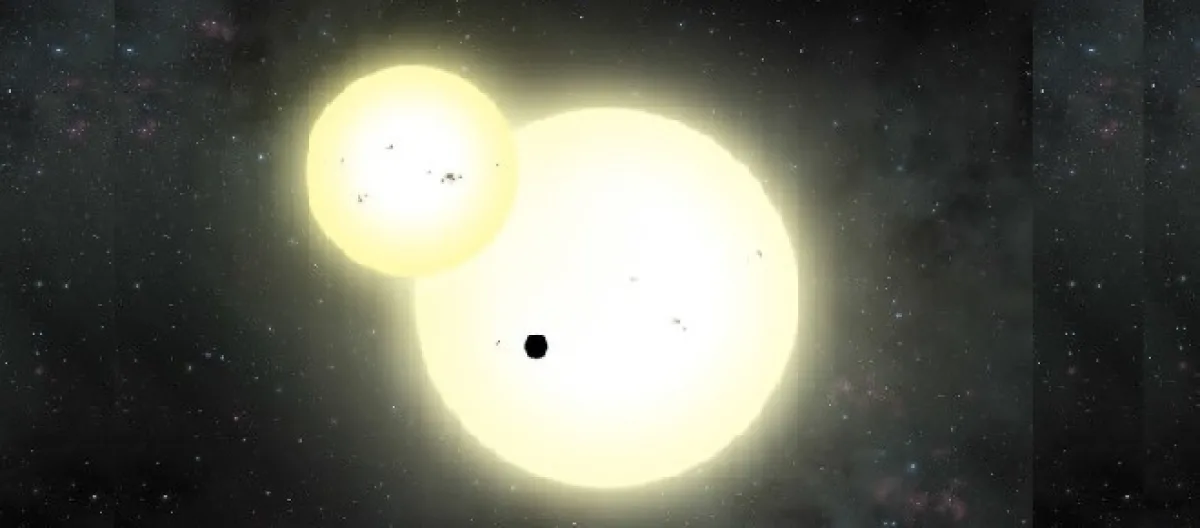A team of astronomers using NASA´s Kepler Space Telescope observed the largest and newest planet (Kepler 1647) orbiting a system of binary stars in the constellation of Cygnus. The star system varies in size to the size of the sun, with one being smaller and the other slightly larger than our star. The planet´s mass and radius is similar to that of Jupiter, making Kepler 1647 the largest planet found orbiting a binary system of stars.
Kepler 1647
The planet is at a distance of 3,700 light years from earth and is approximately 4.4 billion years of age. Kepler 1647 takes more than three years (1,107 days) to orbit its host stars, making this the longer period taken by an exoplanet. This orbit makes it to be further away from the star system, not common in other circumbinary planets.
The orbit of this planet places it in the habitable zone, where water could possibly exist, and life as we know it, too. However, the planet has the chemical composition of a gas giant; therefore, it's not able to host life, but its moons, if some, could be candidates for hosting life.
Method to detect exoplanets
Planets are usually less bright compared to their host star and at visible wavelengths they are millionths of times less bright than its parent star. Scientists use the direct imaging method in which the light coming from the parent star is blocked, while letting the infrared radiation coming from the planet be detected, since it is in infrared when the planet is brighter than in the optical spectrum.
Transit method
This occurs when a planet passes in front of the star and a portion of brightness from the star diminishes by a small percentage, revealing the radius of the planet and other features, such as its atmosphere, which is studied through spectroscopy. The detection of planets through this method requires that the line of sight be found between the parent star and an observer on earth.
Conclusion
The new discovery of this planet and its habitability is important. When a new discovery involving a planet is made, scientists utilize sophisticated computer technology to determine its plausibility. Scientists expect to learn more about Fu Orionis with the Webb Space Telescope after its launch in 2018.
